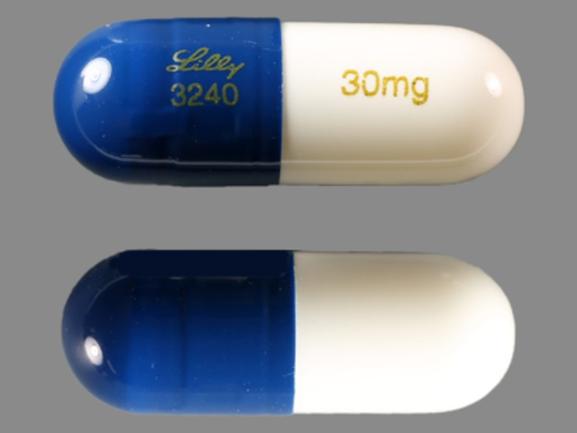Cymbalta (duloxetine) and Lexapro (escitalopram) are two widely prescribed antidepressants that belong to different drug classes. While both medications are effective in treating major depressive disorder (MDD) and generalized anxiety disorder (GAD), they exhibit distinct characteristics and side effect profiles. Understanding the key differences between Cymbalta and Lexapro can aid individuals and healthcare providers in making informed treatment decisions.
Cymbalta: A Dual-Action Antidepressant
Cymbalta, a serotonin and norepinephrine reuptake inhibitor (SNRI), works by increasing the levels of serotonin and norepinephrine, two neurotransmitters that play a role in regulating mood, anxiety, and pain. This dual-action mechanism contributes to Cymbalta’s effectiveness in treating MDD, GAD, and neuropathic pain.

Lexapro: A Selective Serotonin Reuptake Inhibitor (SSRI)
Lexapro, an SSRI, specifically targets serotonin reuptake, increasing the availability of this neurotransmitter in the brain. Serotonin plays a crucial role in regulating mood, anxiety, and sleep. Lexapro’s efficacy in treating MDD and GAD stems from its ability to enhance serotonin signaling in the brain.

Efficacy and Side Effects: A Comparative Analysis
Both Cymbalta and Lexapro have demonstrated efficacy in treating MDD and GAD. However, their side effect profiles differ, influencing patient tolerability and treatment choices.
Cymbalta:
Common side effects: Nausea, dry mouth, constipation, fatigue, dizziness, and decreased libido
Less common side effects: Increased blood pressure, seizures, and liver toxicity
Lexapro:
Common side effects: Nausea, dry mouth, diarrhea, difficulty sleeping, and sexual difficulties
Less common side effects: Weight gain, sweating, and agitation
Dosage and Administration:
Cymbalta is typically taken once daily, with starting doses ranging from 30mg to 60mg. Lexapro, on the other hand, is typically taken once daily, with starting doses ranging from 5mg to 10mg. Both medications should be taken consistently as prescribed for optimal efficacy and to minimize the risk of side effects.
Choosing the Right Medication: A Personalized Approach
The choice between Cymbalta and Lexapro depends on individual factors such as:
Severity of symptoms
Response to previous medications
Coexisting medical conditions
Patient’s preferences and tolerability of side effects
Consulting with a healthcare provider is essential to determine the most suitable medication based on individual needs and circumstances.
Conclusion
Cymbalta and Lexapro are effective antidepressants that offer relief from symptoms of MDD and GAD. While sharing a common goal of improving mood and reducing anxiety, they differ in their drug classes, mechanisms of action, and side effect profiles. Understanding these distinctions empowers individuals and healthcare providers to make informed decisions about antidepressant treatment, paving the way for improved mental well-being.